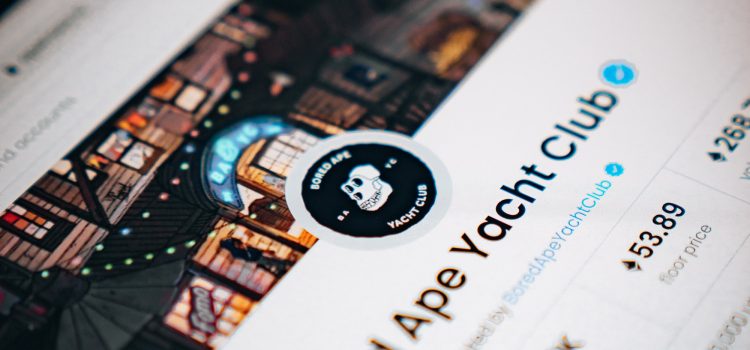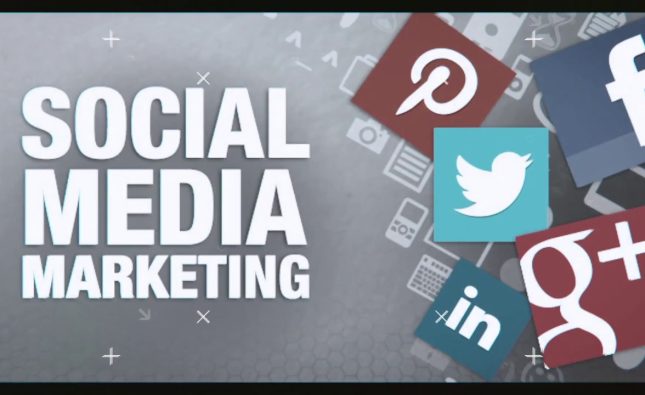
Non-fungible tokens (NFTs) have taken the art world by storm, with digital artworks selling for millions of dollars at auction. But what exactly are NFTs, and how are they changing the way we think about art?
At its core, an NFT is a unique digital asset that is stored on a blockchain, which is a decentralized digital ledger that is resistant to tampering and fraud. Unlike traditional art, which is physical and can be duplicated, an NFT is a one-of-a-kind digital asset that can’t be replicated. This makes NFTs an attractive option for artists who create digital works of art, such as GIFs, videos, and digital images, as it allows them to monetize their creations in a way that wasn’t possible before.
One of the key advantages of NFTs is that they allow artists to retain ownership and control over their digital creations. This is a significant departure from traditional art, where the original artwork can change hands multiple times, with the artist receiving little or no compensation for subsequent sales. With NFTs, artists can set their own terms for how their artwork is used, and can receive a portion of the profits from subsequent sales.
But NFTs are not without controversy. Critics argue that the high prices paid for some NFTs are more about speculation and hype than the actual value of the artwork. Additionally, there are concerns about the environmental impact of blockchain technology, which requires significant amounts of energy to operate.
Despite these concerns, the rise of NFTs has opened up a new era of digital art, where artists are no longer limited by the physical constraints of traditional art. Digital art can now be bought and sold in the same way as physical art, and artists have new avenues for monetizing their creations. And with the growing interest in NFTs, it’s clear that digital art is here to stay.
As the market for NFTs continues to evolve, it’s likely that we will see new applications for this technology in the art world and beyond. For artists, NFTs offer a new way of monetizing their work, and for collectors, they offer a new way of investing in art. But regardless of how NFTs are used, it’s clear that they are ushering in a new era of digital art that is changing the way we think about creativity and ownership in the digital age.










